Sour Strains: Exploring Cannabis’ Role in Artistic Inspiration
Sour cannabis strains, renowned for their tangy aromas and flavors, offer artists a unique artistic…….
Welcome to an in-depth exploration of a unique and increasingly significant segment within the cannabis industry—sour cannabis strains. This article aims to guide you through the intricate world of these specialized varieties, shedding light on their defining characteristics, global impact, economic implications, technological advancements, regulatory landscape, challenges, and promising future prospects. As we delve into this topic, you’ll gain valuable insights into why sour cannabis strains matter and how they are shaping the industry worldwide.
Definition: Sour cannabis strains refer to varieties of cannabis that exhibit a distinct acidic or ‘sour’ flavor profile, often characterized by tartness and a hint of citrus. This unique taste is primarily attributed to the presence of specific terpene profiles, particularly myrcene and pinene, which combine with particular cannabinoid compositions, notably higher levels of THC (Tetrahydrocannabinol) and lower CBD (Cannabidiol).
Historical Context: The cultivation and appreciation of sour cannabis strains have deep roots in various cannabis-using cultures worldwide. Historically, these strains often emerged as natural mutations or adaptations to specific geographical environments, leading to their cultivation and preservation within local communities. As cannabis gained popularity for medicinal and recreational purposes, breeders began actively selecting and promoting these sour varieties, recognizing their unique therapeutic properties and distinct sensory experiences.
Significance: Sour cannabis strains hold a special place in the industry due to several key factors:
Therapeutic Benefits: These strains are known for their potent medicinal properties. Higher THC levels can provide strong analgesic (pain relief) effects, making them valuable for managing chronic pain, inflammation, and various medical conditions. The unique combination of cannabinoids and terpenes contributes to a tailored therapeutic experience.
Sensory Experience: Beyond their medicinal value, sour strains offer a distinct and often sought-after sensory journey. The acidic flavor profiles create an intriguing taste sensation that has garnered a dedicated fan base among cannabis enthusiasts. This unique characteristic adds a layer of diversity to the overall cannabis consumption experience.
Breeding Potential: The genetic makeup of sour strains presents exciting opportunities for breeders. By selectively breeding these varieties, cultivators can create new hybrid strains with specific traits, further diversifying the cannabis landscape and catering to diverse consumer preferences.
The influence of sour cannabis strains extends far beyond geographical boundaries, shaping cannabis culture and markets worldwide. Here’s a global overview:
| Region | Impact and Trends |
|---|---|
| North America | Sour strains have gained immense popularity in legal markets like Colorado, California, and Washington state. Breeders have developed unique varieties, such as ‘Sour Diesel’ and ‘Super Sour,’ becoming local favorites. The region’s robust legal framework allows for extensive research and cultivation, driving innovation in sour cannabis strains. |
| Europe | With the recent legalization of medical cannabis in several European countries, sour strains are making their mark. Countries like Germany and the Netherlands have embraced these varieties, leading to the development of specialized cultivators and dispensaries catering to medicinal users seeking specific therapeutic benefits. |
| Asia | In countries with emerging legal landscapes, such as Canada and Israel, sour strains are gaining attention for both recreational and medicinal use. The unique flavors and potential therapeutic effects appeal to consumers, driving interest from both local cultivators and international brands. |
| South America | Traditional cannabis cultures in South America have long utilized natural sour strains, passing down knowledge through generations. As legal markets emerge, these indigenous varieties are being rediscovered and incorporated into modern breeding programs, preserving cultural heritage while meeting modern demands. |
Trending Topics:
The economic implications of sour cannabis strains are multifaceted, shaping markets and investment landscapes:
Market Dynamics: Sour strains often command premium prices due to their unique attributes and growing demand. This dynamic pricing structure creates opportunities for cultivators and breeders to maximize profits while encouraging further innovation. Specialized dispensaries and retail outlets catering to niche preferences drive market segmentation, allowing for diverse business models.
Investment Patterns: The economic viability of sour cannabis strains has attracted significant investment. From breeding companies to cultivation facilities, investors are betting on the potential of these varieties to drive market growth. Startups focusing on technology for optimizing sour strain cultivation have also emerged, showcasing the entrepreneurial spirit within this segment.
Economic Impact Analysis: A study by Grand View Research estimates that the global cannabis market, including sour strains, will reach $72.6 billion by 2028, growing at a CAGR of 24.3% from 2021 to 2028. This growth is driven partly by increasing legalizations and shifting consumer preferences towards diverse product offerings.
The acidic flavor of sour cannabis strains is intricately linked to their terpene profiles, specifically myrcene (1,4-cineole) and pinene (α-pinene). These terpenes are aromatic compounds naturally present in cannabis and other plants. Here’s how they contribute to the ‘sour’ experience:
Myrcene: Often described as having a ‘citrusy’ or ‘fruity’ aroma, myrcene is responsible for the initial hit of sour taste. It has been found to enhance the psychoactive effects of THC, creating a more intense sensory experience. Myrcene is also known for its potential anti-inflammatory and analgesic properties.
Pinene: This terpene provides a fresh, piney aroma and contributes to the overall flavor profile. Pinene is believed to have anxiolytic (anxiety-reducing) effects and may aid in respiratory relaxation, making it appealing for medicinal users seeking stress relief and improved lung function.
The combination of myrcene and pinene creates a unique sensory duo that defines the sour cannabis strains’ distinct character.
While sour cannabis strains present numerous opportunities, they also come with challenges that breeders, cultivators, and regulatory bodies must address:
Consistency: Ensuring consistent quality and flavor profile across different batches of sour strains can be challenging. Factors like growing conditions, cultivation practices, and curing techniques significantly impact the final product. Standardized cultivation methods and testing protocols are essential to meeting consumer expectations.
Regulatory Compliance: As cannabis laws evolve, keeping up with varying regulations across regions can be complex. Sour strains, due to their unique characteristics, may require specific labeling and packaging requirements, adding another layer of complexity for legal markets.
Stability and Longevity: Some sour strains may have shorter shelf lives compared to other varieties due to their terpene profiles. Proper storage conditions and effective preservation techniques are necessary to maintain product quality over time.
The future of sour cannabis strains looks promising, with several key trends and developments shaping the industry:
Genetic Research: Advanced genetic testing and breeding technologies will enable breeders to uncover new sour strain varieties with enhanced therapeutic properties and flavor profiles. This research may lead to targeted treatments for specific medical conditions.
Hybridization Innovations: The fusion of sour strains with other popular varieties will continue, creating hybrid seeds that offer the best of both worlds—potent medicinal effects and distinctive flavors. These hybrids could attract a broader consumer base.
Cannabis Education: Increased awareness and education about cannabis and its various strains will empower consumers to make informed choices. This knowledge will foster a deeper appreciation for sour strains, their therapeutic benefits, and the art of cultivation.
Global Expansion: As more countries embrace cannabis legalization, sour strains will likely find their place in new markets. Global expansion presents both opportunities for growers and challenges related to transportation, preservation, and local preferences.
Sour cannabis strains have undeniably left their mark on the global cannabis industry, offering a unique blend of therapeutic benefits, sensory experiences, and breeding potential. From North America to Asia, these varieties are shaping consumer preferences, driving market growth, and inspiring innovation. As the industry continues to evolve, sour strains will undoubtedly play a pivotal role in defining the future of cannabis cultivation, consumption, and accessibility.
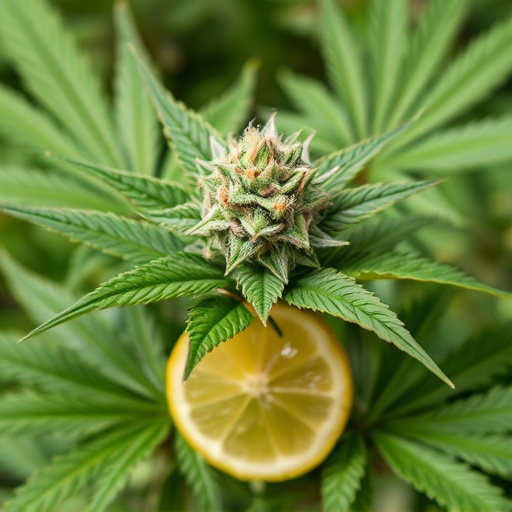
Sour cannabis strains, renowned for their tangy aromas and flavors, offer artists a unique artistic…….
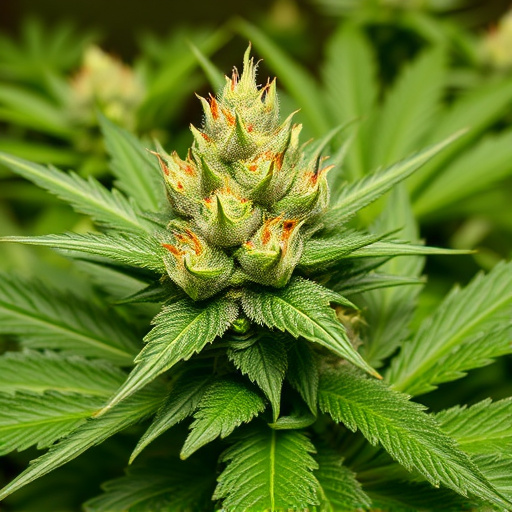
Identifying top-tier sour cannabis strains requires considering THC content (often exceeding 20%), r…….
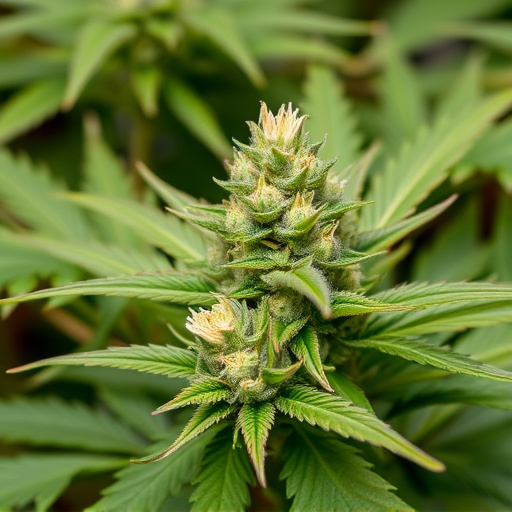
The cannabis industry has seen a surge in popularity for sour cannabis strains, known for their uniq…….
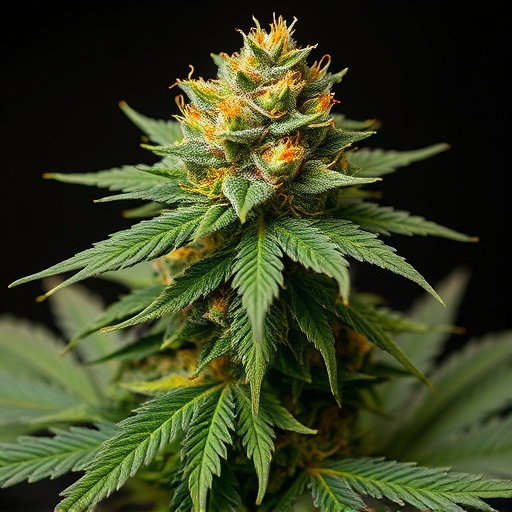
Mold growth, discoloration, shriveling, brittle textures, and a musty odor are critical indicators o…….
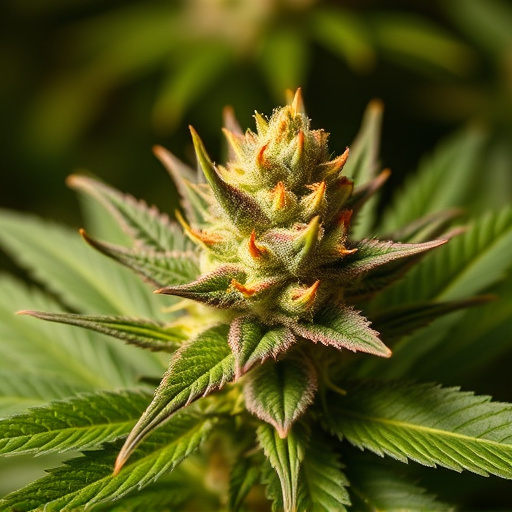
Detoxing from cannabis, especially potent sour cannabis strains, involves understanding how cannabin…….
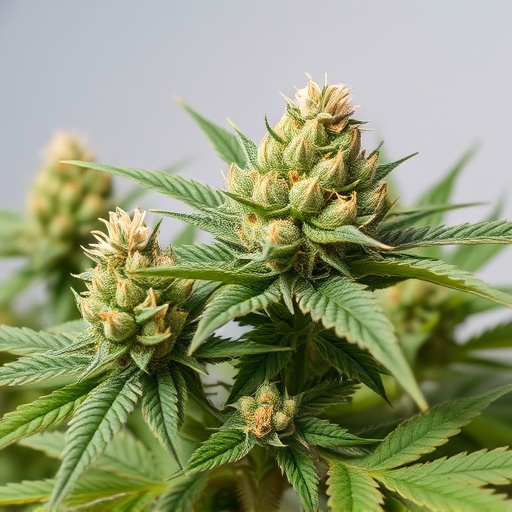
Sour cannabis strains, high in THCA and unique terpenes like myrcene and limonene, offer energizing…….
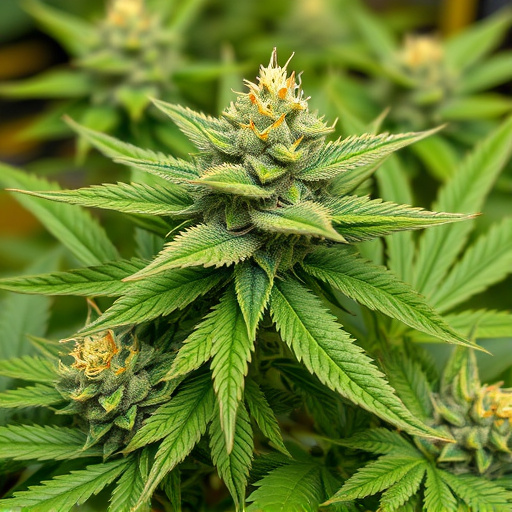
Sour cannabis strains, popular for their sleep-inducing properties, offer a relaxing bedtime ritual…….
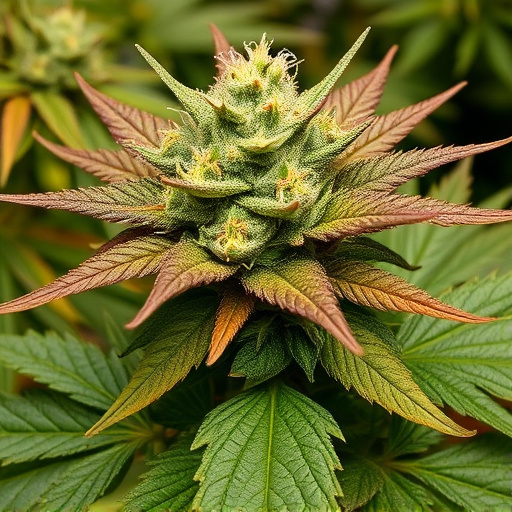
Sour cannabis strains are gaining popularity as a natural remedy for insomnia due to their unique ca…….
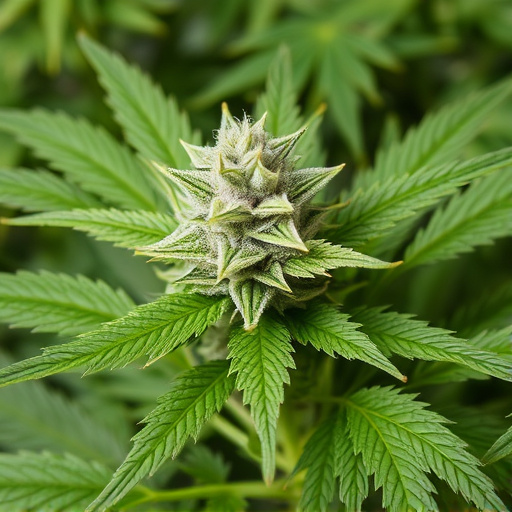
Unveiling the secrets of sour cannabis strains offers a captivating journey into rare and distinctiv…….
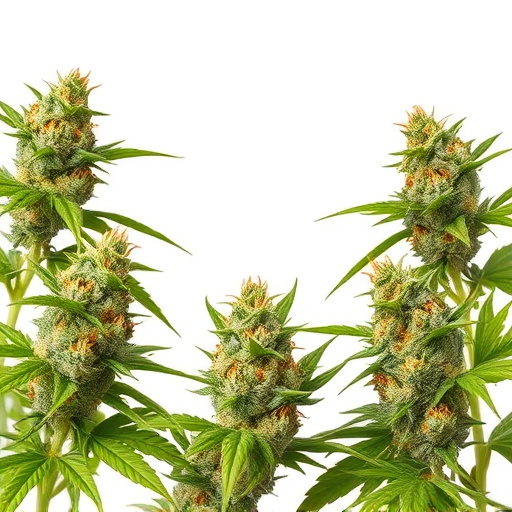
Sour cannabis strains, cultivated for their high CBD-to-THC ratio, offer medicinal relief without ps…….